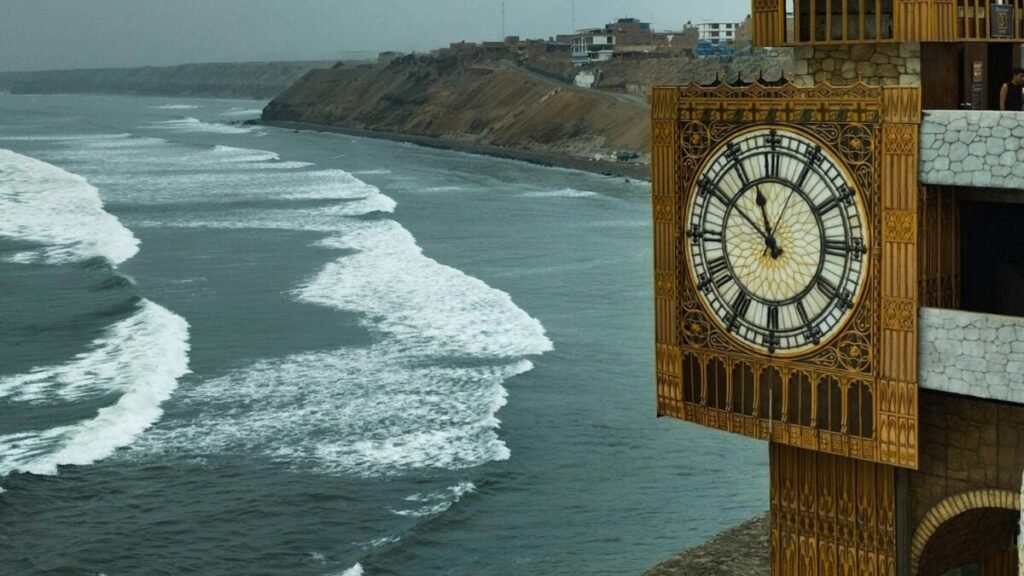South American city becomes China’s new strategic hub through a megaport changing Pacific routes

Global trade. In the western edge of South America, a once unknown port city has become a key player in the world of commerce. Its strategic location facing the Pacific Ocean and direct access to shipping routes to Shanghai or Hong Kong have made it a crucial point for the exchange of goods, minerals, and agricultural products.
The megaport that transformed the Pacific map
That city is Chancay, located about 75 kilometers north of Lima, Peru. In 2024, its megaport — built with a $3.4 billion investment — officially began operating, marking a milestone in the economic relationship between China and Latin America. Led by the state-owned company COSCO Shipping, one of the world’s largest shipping companies, alongside the Peruvian mining company Volcan, Chancay became the first automated and “smart” port in South America, dominating the global cargo routes in terms of twenty-foot equivalent units (TEU).
The advantage of arriving sooner and at a lower cost
The logistical impact is immense. With the new port in operation, the shipping time from South America to China is reduced by about 10 days, leading to a significant drop in transportation costs. Furthermore, its location allows for a direct connection between the Pacific coast, the Andean mining areas, and the agricultural centers in the inland continent, without relying on other intermediate ports.
Between progress and dependency
Nevertheless, the progress is not without controversy. Several environmental organizations have raised concerns about the ecological impact of the megaport and the potential harm to local fishing communities. At the same time, some experts warn that it could reshape the geopolitical balance of the region, creating tensions with the United States and other traditional partners.
Despite the criticisms, Chancay has become a symbol of China’s new economic diplomacy: a colossal, efficient, and strategic infrastructure capable of altering the flow of goods and, consequently, the map of global maritime power. Chancay’s success could inspire similar projects along other coasts of the continent. As trade with Asia expands, the ports of the Pacific become the stage for a silent competition for connectivity, logistics, and control of oceanic routes.
China has made it clear that its presence in the southern part of the continent is not temporary but structural. The port of Chancay not only moves merchandise; it also moves influence, politics, and the future.




